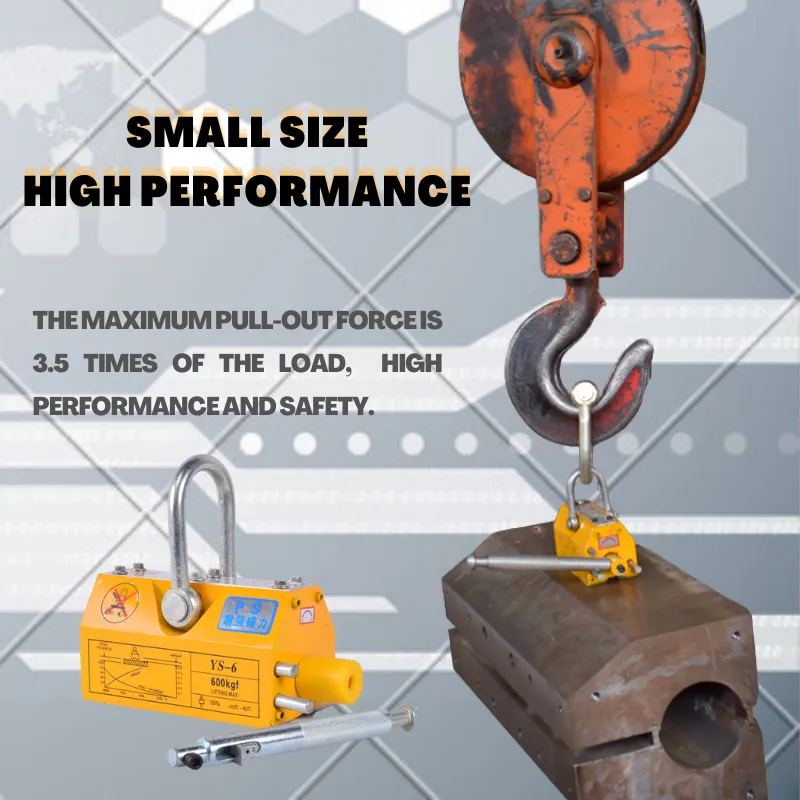hoist gantry crane
The Evolution and Importance of Hoist Gantry Cranes in Modern Industry
In the rapidly evolving world of construction and manufacturing, efficient material handling solutions are paramount. Among these solutions, hoist gantry cranes stand out as pivotal machinery that facilitates the lifting and movement of heavy loads across various environments. This article delves into the design, functionality, applications, and significance of hoist gantry cranes in contemporary industry.
Understanding Hoist Gantry Cranes
Hoist gantry cranes are designed to lift and transport goods in a manner that maximizes efficiency and safety. The crane typically consists of a framework that is supported by legs, with a bridge spanning between them. A hoist mechanism is mounted on this bridge, allowing for vertical lifting of heavy loads. The unique structure of gantry cranes enables them to operate in areas where traditional overhead cranes may not be feasible, making them versatile tools in various industrial applications.
Design Variations
Hoist gantry cranes come in several configurations and sizes, tailored to meet the specific requirements of different industries. Some key design variations include
1. Single Girder Gantry Cranes These cranes utilize a single beam for support, making them lightweight and ideal for lighter loads and smaller workshops.
2. Double Girder Gantry Cranes With two beams providing increased stability and support, these cranes are suited for heavier lifting tasks and larger industrial facilities.
3. Adjustable Gantry Cranes Some models come with adjustable heights and widths, offering flexibility tailored to specific operational needs.
The use of durable materials, such as steel and aluminum, ensures that these cranes can withstand the rigors of heavy usage while maintaining reliability and safety.
Applications in Various Industries
Hoist gantry cranes have a wide range of applications across multiple sectors, such as
hoist gantry crane

- Construction In construction sites, these cranes are crucial for lifting materials such as steel beams, concrete blocks, and heavy equipment. Their mobility allows for repositioning as site needs evolve.
- Manufacturing Factories utilize gantry cranes to automate the handling of components along assembly lines, improving productivity and reducing manual labor risks.
- Shipping and Warehousing In shipping yards and warehouses, gantry cranes play a critical role in loading and unloading containers and pallets. Their versatility allows for swift movement of goods, enhancing logistical operations.
- Shipbuilding and Repair These cranes are essential in shipyards for lifting large sections of vessels, assembly, and repair operations, which require precise handling of hefty components.
Advantages of Hoist Gantry Cranes
The benefits of employing hoist gantry cranes in industrial settings are numerous
1. Space Efficiency Unlike traditional cranes, gantry cranes require minimal overhead space, making them suitable for areas with height restrictions.
2. Cost-Effectiveness Given their modular design, hoist gantry cranes can be less expensive to install and maintain compared to fixed overhead cranes.
3. Flexibility Many gantry cranes are portable, allowing for their relocation across job sites, which is especially beneficial in environments where operations are frequently moved or adapted.
4. Enhanced Safety Equipped with various safety features, such as limit switches and overload protection, these cranes reduce the risk of accidents, ensuring a safer working environment.
Conclusion
As industries continue to grow and demand more efficient material handling solutions, the role of hoist gantry cranes becomes increasingly crucial. Their adaptability, safety features, and capacity to enhance productivity position them as essential equipment across various sectors. Whether in construction, manufacturing, shipping, or specialized applications like shipbuilding, hoist gantry cranes will continue to play a significant role in the evolution of material handling technology. As we look to the future, innovations in design and operation promise to further enhance the capabilities and efficiency of these remarkable machines, ensuring that they remain a cornerstone of modern industry.
-
Unlock Seamless Relocation with Our Heavy Equipment Moving ExpertiseNewsJun.06,2025
-
Unleash Unrivaled Flexibility with Our Adjustable Gantry CraneNewsJun.06,2025
-
Unleash Heavy-Duty Efficiency with Our Industrial Gantry Crane SolutionsNewsJun.06,2025
-
Revolutionize Steel Handling with Our Magnetic Lifter RangeNewsJun.06,2025
-
Master Equipment Mobility with Premium Machinery Mover SolutionsNewsJun.06,2025
-
Elevate Your Material Handling with Magnetic Lifter TechnologyNewsJun.06,2025
-
YS Permanent Lifting Magnets: The Smarter Way to Handle SteelNewsMay.22,2025
